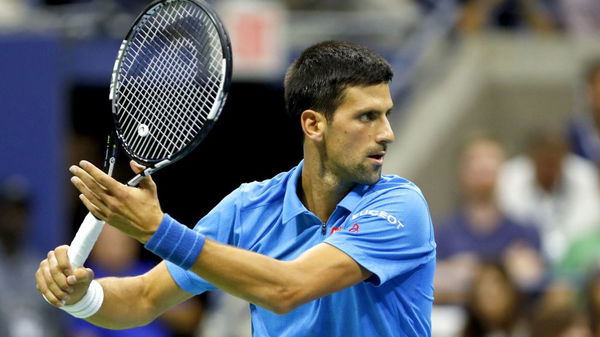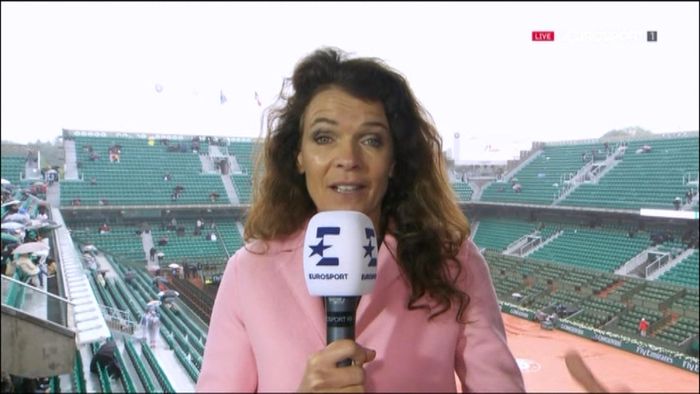
via Imago
Novak Djokovic

via Imago
Novak Djokovic
Those are the words of former British World No.1, Annabel Croft. The ex-player, who works as analyst, made the statement after observing Djokovic’s strategy in his fourth-round win over Fernando Verdasco.
Croft noticed a change of tactic from Djokovic wherein he used a shot which Nadal has used to great effect in the past, especially on clay surfaces. She said, “When you hear Nadal talking about how he wants to put balls up high to his opponent, he wants to mess with their rhythm.”

via Imago
Croft made a unique observation about Djokovic. Credits: Eurosport
“He doesn’t allow his opponents to play from comfortable positions and this is exactly what we saw from Djokovic today. I was intrigued by the loopier ball which Djokovic was using quite effectively”, said Croft.
ADVERTISEMENT
Article continues below this ad
“I thought it was very clever tactically but it was longer points than I thought it would be. If you loop balls quite high to a backhand then it is quite hard to step in and take control of the point”, she added.
The Serbian World No.22 prevailed over Spaniard Verdasco in straight sets with a 6-3, 6-4, 6-2 victory. But what worried Croft was the amount of time Djokovic took to clinch the win. Croft said, “On paper it looked a very straight-forward win as he only dropped nine games, but two and a half hours; it was quite long.”
Belgian Goffin, who has similar playing traits to Federer was ranked World No. 9 while Carreno-Busta was the World No.10 but Cecchinato managed to oust them in four sets each.
Meanwhile Nadal went up against German Maximilian Marterer, who has dropped just one set so far in the entire tournament.
ADVERTISEMENT
ADVERTISEMENT
ADVERTISEMENT
ADVERTISEMENT

